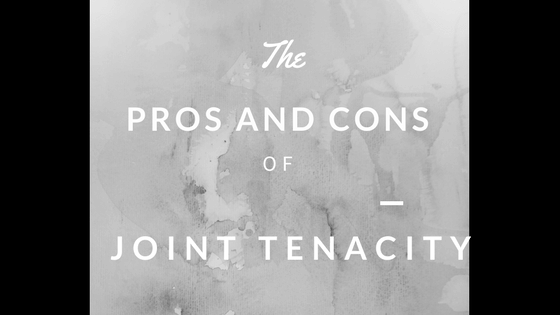Joint tenancy has several primary characteristics which make it something desirable and potentially risky for those involved. It is defined as the ownership of a property that is simultaneously shared. To be properly established, all parties involved must sign the deed and take possession of it at the same time. They must also have equal ownership.
There are certain restrictions that exist within the joint tenancy arrangement. When it comes to making changes in reference to the property, permission is required to move forward. Transferring a share of the property to someone else, for example, becomes much more challenging if the relationship between the co-owners is not a positive one. The inability to pass down a share of the property via inheritance is also a disadvantage to this kind of arrangement. Generally, tenants in this type of situation also seem to have greater responsibilities. All payments must be divided for taxes, mortgage, and even maintenance. If something does not go correctly in this area, one may owe the other co-owners compensation.
The advantages that exist by establishing a joint tenancy are several. In the case that the property is making money in the form of profits and rents, each co-owner is eligible to receive to a portion of that money. Also, in the situation of one co-owner passing away, the joint tenancy arrangement helps the property to avoid probate. Part of the reasoning behind this is that the transferring of the property interest at death means that the deceased no longer owns the property.
To learn more about the pros and cons of joint tenancy, visit HG.org here.
